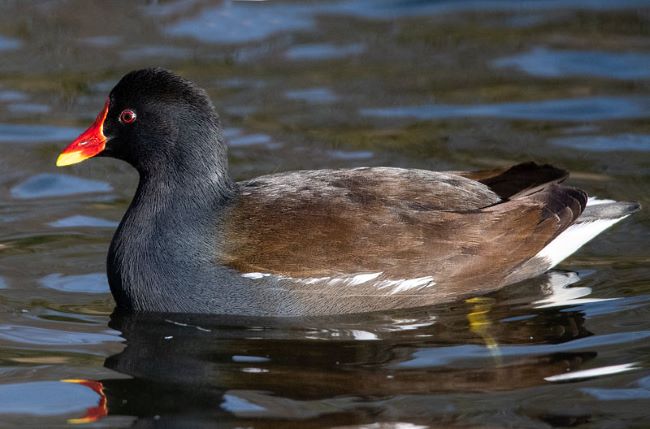
| Moorhen |
|
| Taken at James Hamilton Heritage Park on 9th December 2024 using Nikon Coolpix P950 |

| Taken at Hogganfield Loch on 19th January 2023 using Nikon D500 with Sigma 600 mm zoom lens. |

| Taken at Hogganfield Loch on 10th October 2022 using Nikon D500 with Sigma 600 mm zoom lens. |

| Taken at Hogganfield Loch on 17th June 2020 using Nikon D500 with Sigma 600 mm zoom lens. |  |

| Taken at Hogganfield Loch on 11th September 2020 using Nikon D500 with Sigma 600 mm zoom lens. |  |

| Hatchlings Taken at Baron's Haugh on 12th May 2017 using a Nikon D5200 with Sigma 600 mm zoom lens. |
 |

Taken at Hogganfield Loch on 19th May 2021 using Nikon D5200 with Sigma 600 mm zoom lens. |
 |

| Juveniles Taken at Hogganfield Loch on 12th August 2024 using Nikon Coolpix P950 |
 |

| Taken at Hogganfield Loch on 10th October 2022 using Nikon D500 with Sigma 600 mm zoom lens. |  |

 |

|
Lunch
Taken at Baron's Haugh on 9th June 2018 using a Nikon D5200 with Sigma 600 mm zoom lens. |
 |

| Moorhen. |
| Species: Order: Family: Local Names: |
Gallinula chloropus. Gruiformes. Rallidae. Skitty Coot, Marsh Hen, River Chicken. |
| Site Of Nest: Materials: Food: Plumage: Length: Nesting Period: Eggs: |
Among vegetation in the water. Vegetation and twigs. Leaves, seeds, berries, worms, snails and fish, and also other birds' eggs. Mostly black with brownish underparts with a white line across the flank. The forehead and bill are red with a yellow tip on the bill. A relative of the Coot, they are sometimes mistaken for the Coot, hence Skitty Coot. 30 - 35 cms. Late March. Clutches: 1 - 3 2 - 21. Greyish-white to green with reddish-brown or grey markings. |
| Voice |